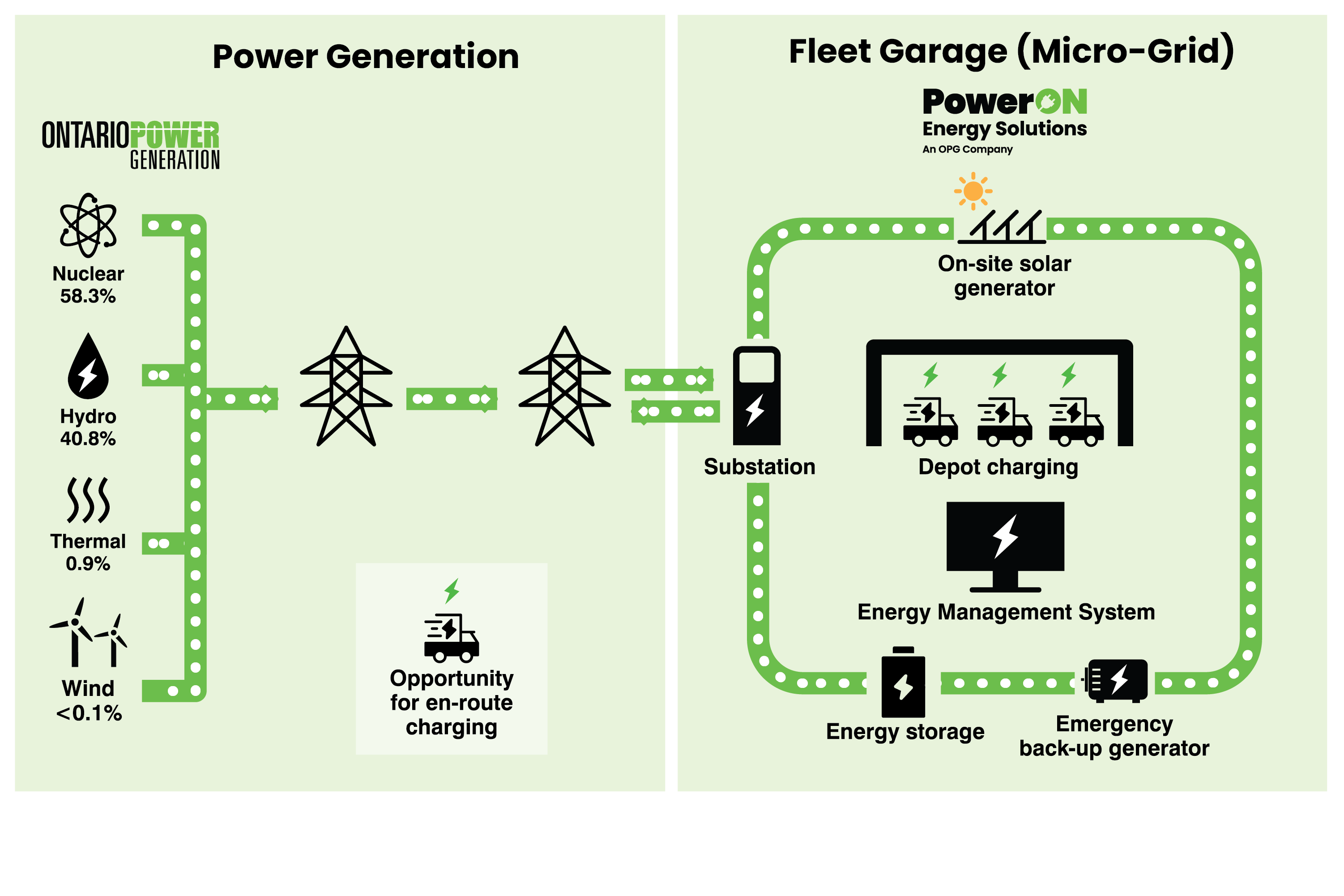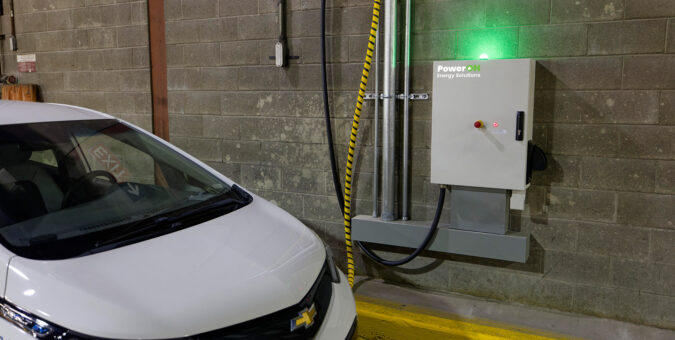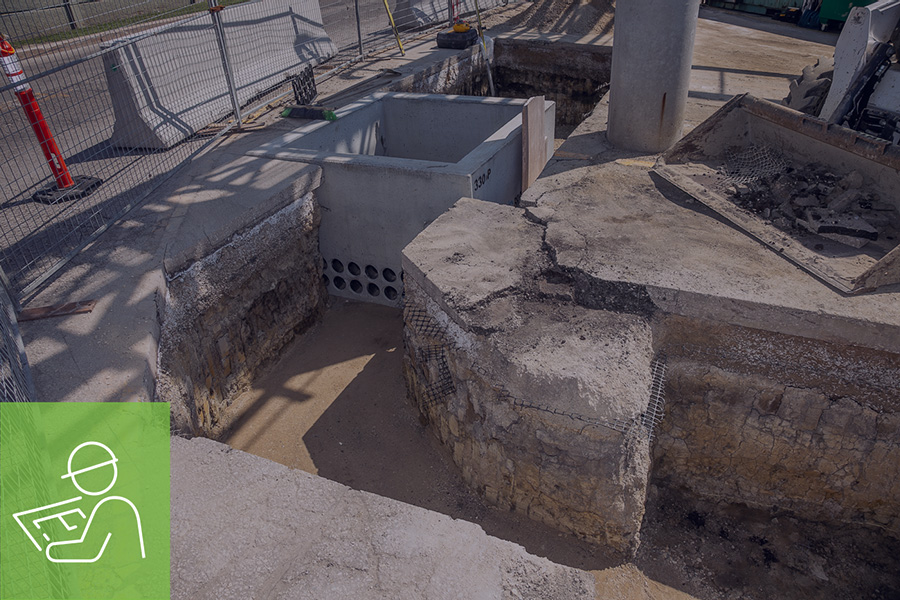Tyler Seed, our transit electrification lead, recently shared some of his knowledge on planning in-depot electric fleet charging infrastructure during a webinar hosted by Electric Autonomy Canada. We offer a snippet from his detailed discussion, outlining strategic planning and installation approaches for effective depot electrification.
Future-proof your design and build today to save on headaches and cost overrun:
Fleet operators generally initiate their transition to electric vehicles with a small-scale pilot integrating only a handful of electric vehicles, with the general intent to phase in more vehicles over time.
However, planning for the future from the outset is imperative. As much as possible, you want things done once and correctly. For example, installing oversize conduits and investing in a robust transformer system upfront are measures that can save you from unnecessary disruptions and costs in the future. Although the initial investment may be slightly more, there are ways to mitigate this.
Solar Power and Electrification: Harnessing the Sun for Sustainable Fleet Operations
In the summer we noticed an uptick in inquiries about the feasibility of integrating solar energy and establishing fleet charging infrastructure at remote locations where a microgrid, comprising solar and battery, might be necessary. Many are curious about how this integration occurs, in both remote site deployments and load management strategies.
At PowerON, where a significant part of our work revolves around large-scale transit projects, the plan is often to transform entire sites into fully-fledged microgrids, controlled by an energy management system. We leverage on-site battery storage to manage demand charges, with solar energy occasionally contributing to demand management.
Currently, the push towards such solutions seems to be driven more by organizations' ambitions to decarbonize as much as possible, rather than being a purely financial consideration.
A common misconception is the belief that simply installing a few solar panels on a building can get you enough power to charge vehicles. In reality, the required solar generation capacity can be quite substantial, requiring a lot of space.

Limited On-site Power can be Managed
When power availability on a site is constrained, creative strategies may become necessary, such as load management techniques like smart scheduling and load balancing to optimize existing power capacity. Energy storage systems, used to store power in off-peak times and dispense during peak demand, can also be implemented to manage power constraints.
Through thorough planning, strategic execution, and leveraging technology, challenges with limited power can be addressed to facilitate efficient charging infrastructure.
Decomplicating Fleet Electrification
PowerON streamlines the electrification process by offering charging-as-a-service solutions, bundling together comprehensive charging infrastructure and financing options. This model allows businesses to handle a fixed monthly or annual payment for the infrastructure over a set term. We even offer an energy-as-a-service model, packaging a set electricity cost designed to the project's needs. This simplifies cost structures and lets fleet concentrate on their core operations, without the burden of owning and maintaining the charging infrastructure.

Fleet electrification should be seen as a phased journey, recognizing that building the necessary infrastructure and adjusting operations is a gradual process. It requires thoughtful planning, cooperation with utilities, and understanding the entire system's needs and constraints.

